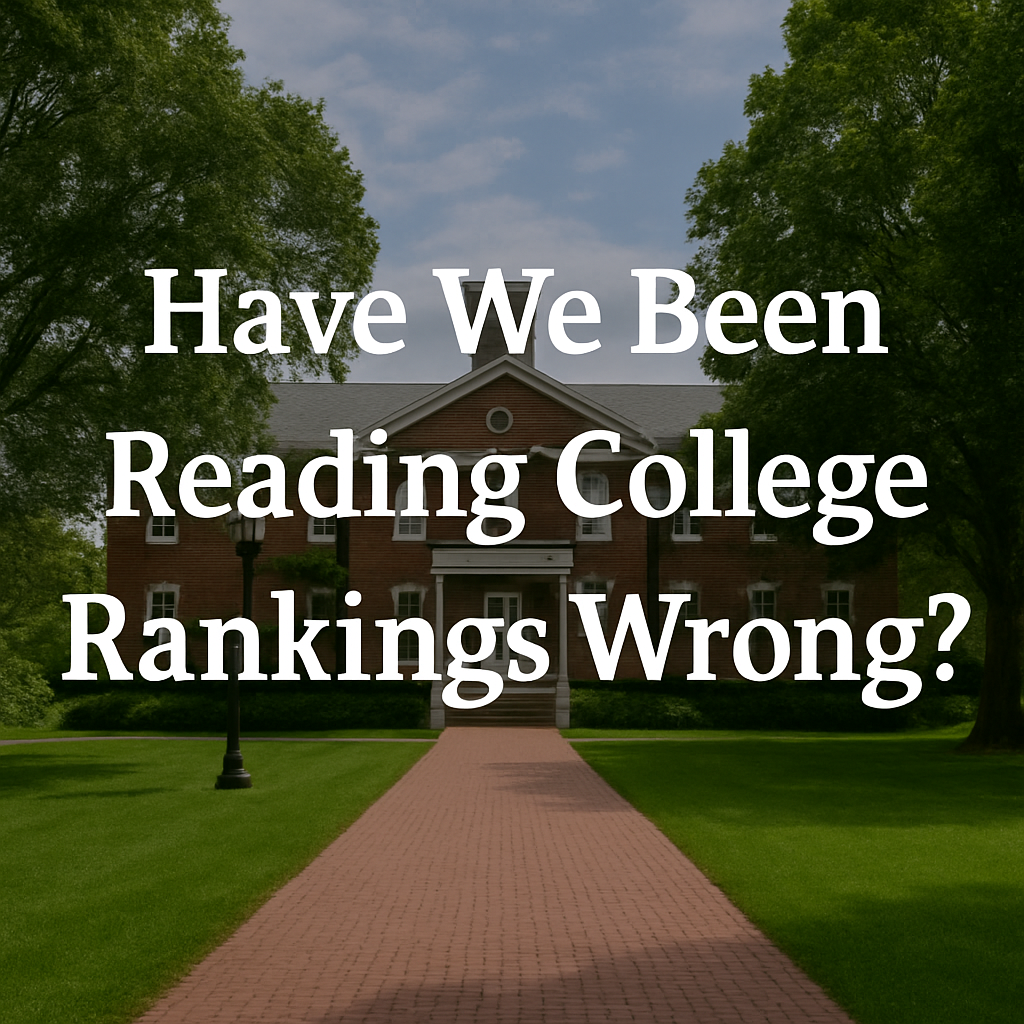This page is licensed under Creative Commons under Attribution 4.0 International. Anyone can share content from this page, with attribution and link to College MatchPoint requested.
November 5th Webinar at 6:00 pm CST
Case Studies from UT Admissions: Why Some Students Get Admitted and Others Don’t
What separates admitted UT Austin applicants from those who don't get in? Molly Gully (16 years in UT admissions) and Allyson Randall (hundreds of admitted UT students) will take you inside the admissions room with real case studies. You'll discover why UT no longer rewards a "checklist" approach, how fit to major drives every decision, and see examples of admitted students whose applications told cohesive, major-aligned stories that demonstrated clarity, curiosity, and readiness to contribute to their chosen field.
This webinar will give you practical strategies and concrete takeaways to help your teen stand out in one of the country's most competitive admissions processes, showing exactly what UT looks for beyond class rank and test scores.
DOWNLOAD OUR GUIDE TO
Applying to the University of Texas at Austin
It's hard to believe that a school as large as the University of Texas at Austin actually reviews every part of every student's application. But it does: UT is deeply committed to the holistic review of its applicants. This guide covers all required essays, as well as provides detailed information on the expanded resume, letters of recommendation, and evaluating fit-to-major and honors programs.
We have a unique approach at College MatchPoint. It all begins and ends with our ultimate goal: for our students to thrive in their selected college.
The college application process can feel overwhelming, no matter how strong the student. But at College MatchPoint, we believe it should be organized, personal, and even fun, and we provide a framework that reduces the stress throughout the journey.
You might also be interested in these resources!








